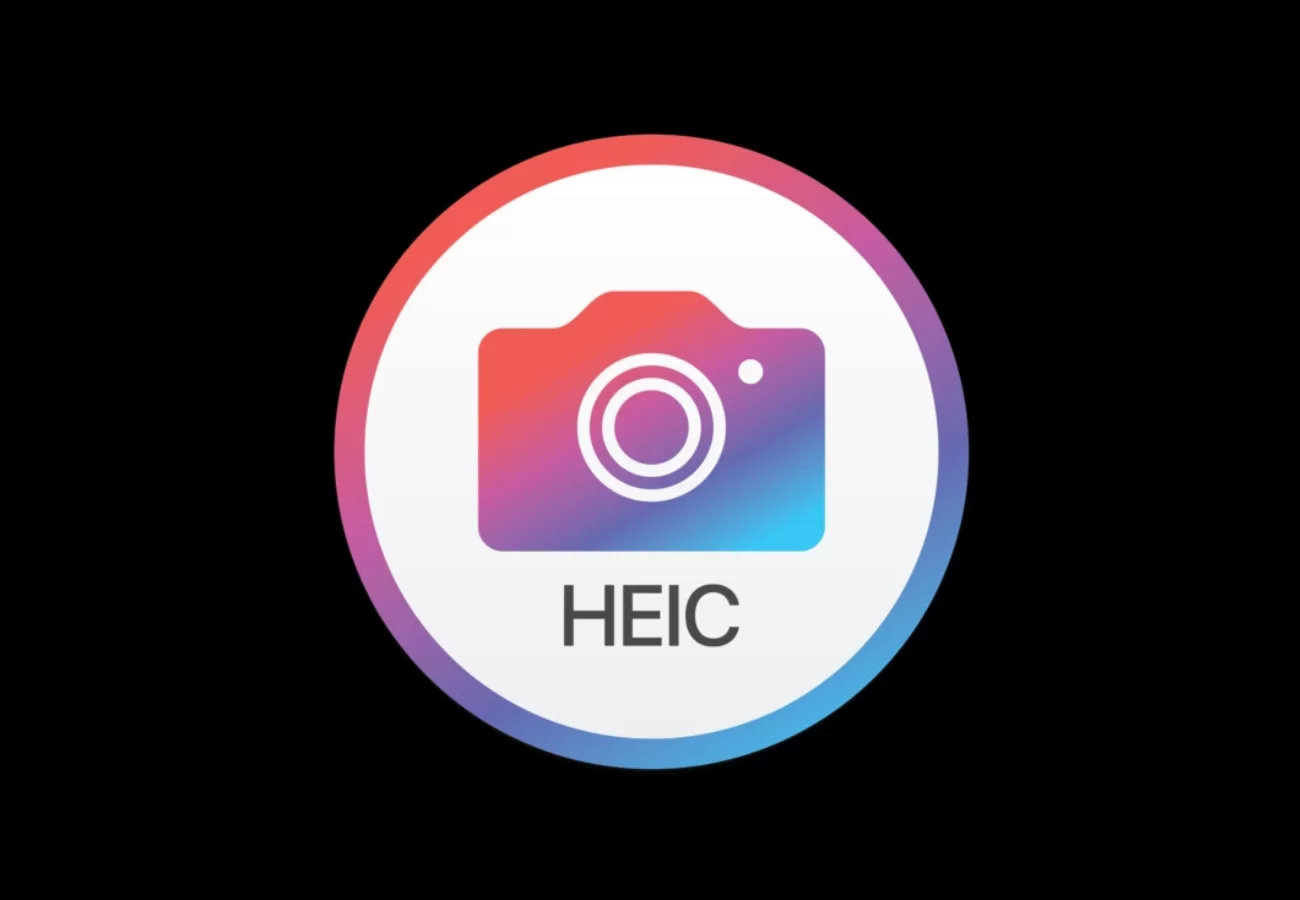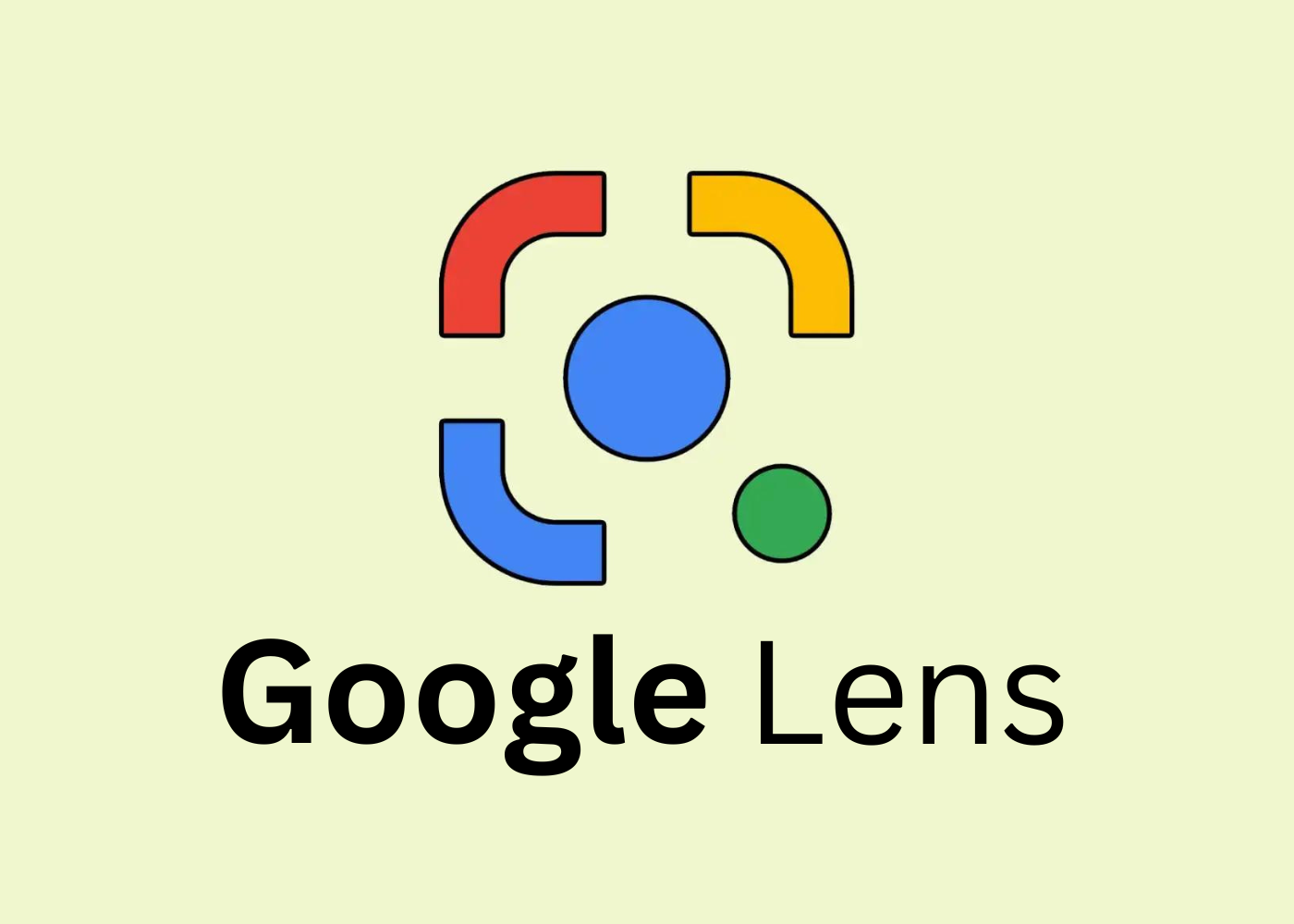Apart from the Consumer Products, Did you know that a product is labeled according to the end-user? Whereby, a product can be a business product or a consumer product. And if the end-user of the product is the consumer, then the product is a consumer product.
On the other hand, if the end-user is a business, then it is categorized as a business product. For example, a stapler can be either, depending on who is using the product. In short, a business product is used to manufacture other goods or services to resell. While a consumer product is purchased to satisfy individual wants or needs.
All consumer products are different and not the same. Every product offered in the market has different characteristics and based on the different purchasing behavior of consumers. Today, we will only be discussing consumer products.
Remember that a product includes all items, such as warranties, packaging, after-sales follow-up material, etc. Consumer products can also be further broken down into specific categories, such as convenience, shopping, specialty, and unsought.
What are Consumer Products?
Consumer Products (also referred to as final goods) are products that are bought by individuals or households for personal use. In other words, consumer products are goods that are bought for consumption by the average consumer. And from a marketing perspective, there are four types of consumer products, each with different marketing considerations.
In short, consumer products are those types of products you have to do with most often (in private purchasing). What are the different types of consumer products) And what specific marketing considerations apply to each of the 4 types of consumer products?
Of course, marketing consumer products may get you cold feet if you’ll fail to specifically categorize them. An average consumer buys them for future consumption. Also, called final goods, but not every consumer product is the same.
Particularly, in the Kenyan Market, it is more than a custom to leave a shopping depot without particular goods.
Here is what most Kenyans considers;
- maize flour,
- milk, rice,
- sugar,
- bathing soap,
- salt,
- bread,
- manufactured juice
- and washing soap just but to mention a few.
Alternatively, consumer products are also known as final goods. Meaning, they are the end result of production and manufacturing. Not to mention, they are what a consumer will see on the store shelf. Including, clothing, food, and jewelry are all examples of consumer goods.
However, basic and raw materials like copper, are not consumer goods. Keeping in mind, consumer goods must undergo manufacturing and processing to their finished products. With this in mind, there are four different types of consumer products.
Marketers usually classify consumer products into these 4 types of consumer products:
- Convenience products
- Shopping products
- Specialty products
- Unsought products.
These 4 types of consumer products all have different characteristics and involve different consumer purchasing behavior.
Thus, the types of consumer goods differ in the way consumers buy them and, for that reason, in the way they should be marketed.
1. Convenience products
A convenience product is a consumer product or service that customers normally buy frequently, immediately and without great comparison or buying effort. Examples include articles such as laundry detergents, fast food, sugar, and magazines.
As you can see, convenience products are of a low price. Usually placed on eye-catching spots making them readily available. Especially, baiting on when consumers need or want them.
2. Shopping products
Shopping products are a consumer product that the customer usually compares on attributes such as quality, price, and style in the process of selecting and purchasing.
Notably, consumers make informed decisions when it comes to shopping products. That is to say, consumers look closely while making comparisons. And as a matter of fact, shopping products don’t make frequent sales.
Therefore, consumers spend much more time and effort in gathering information and comparing alternatives. Types of consumer products that fall within the category of shopping products are furniture, clothing, used cars, airline services, etc.
Marketers usually distribute these types of consumer products through fewer outlets but provide deeper sales support in order to help customers in the comparison effort.
3. Specialty products
Specialty products are consumer products and services with unique characteristics or brand identification for which a significant group of consumers is willing to make a special purchase effort.
As you can see, the types of consumer products involve different levels of effort in the purchasing process but apply only to certain consumers. Examples include specific cars, professional and high-prices photographic equipment, designer clothes, etc.
A perfect example of these types of consumer products is a Lamborghini. In order to buy one, a certain group of buyers would make a special effort, for instance by traveling great distances to buy one. However, specialty products are usually less compared to each other. Rather, you’ll need an understanding of several factors.
Buyers invest for example the time needed to reach dealers that carry the wanted products. To illustrate this, Lamborghini is a good example. However, due to its high cost, you may not compare its luxury value with other motor brands.
4. Unsought Consumer Products
Eventually, unsought products are those products that a consumer either does not know about or knows about. But does not consider buying under normal conditions.
Thus, these types of consumer products consumers do not think about normally, at least not until they need them. Most new innovations are unsought until consumers become aware of them.
Other examples of these types of consumer products are life insurance, pre-planned funeral services, etc. As a consequence of their nature, unsought products require much more advertising, selling and marketing efforts than other types of consumer products.
Which are the Categories of Consumer Products?
We could say there are four categories of consumer goods in affiliate marketing. This is without considering unsought products unless its part and parcel of the work plan. Additionally, you may categorize these goods into durable goods, perishable goods, and (services, solutions, and support) products.
Warranty is provided on durable goods by the manufacturer or product processor. Because they have a long life-span requiring further support in the future in case something changed. For example, you may have furniture, utensils and electrical products under this category.
You’ll be provided with time indications on Perishable goods by the seller alongside their products. Even though the assurance on consumption is highly dependant on the consumer’s preferences. Particularly food, drinks, and vegetables which are perishable and non-durable.
The four categories of consumer goods include;
- Differentiated goods,
- Customized goods,
- Augmented products, and
- Potential products.
1. Differentiated Products
The differentiated products enjoy a distinction from other similar products/brands in the market.
The differential claimed may be ‘real’, with a real distinction on the ingredient, quality, utility, or service. Equally important, it may be ‘psychological’ brought about through subtle sales appeals.
Differentiated products may include;
- Hotels/Motels
- Restaurants
- Stores
- Movies & Films
- Mobile Apps
- Cars/Rental
- Books
- Tourism/Travel
- Health/Wellness
- Kitchen Appliances
- Financial Institutions/SMEs
- Clothing
- Fashion
2. Customized Products
Customer-specific requirements are taken into account while developing the product. Commonly practiced in industrial product marketing, where the manufacturer and the user are in direct contact.
And also, the product gets customized to the requirements of the customer. Most of them fall under the hospitality, data, education and even media.
3. Augmented Products
The augmented product is the result of voluntary improvements brought about by the manufacturer. In order to enhance the value of the product, which are neither suggested by the customer nor expected by them.
The marketer on his own augments the product, by adding an extra facility or an extra feature to the product. This is most commonly observed in the Smartphone market. Whereby, more and more technology is being introduced just because the manufacturer is capable of giving this technology.
Many customers don’t even demand them. But augmentation gives value to the products of the company.
4. Potential Products
The potential product is tomorrow’s product carrying with it all the improvements and finesses possible under the given technological, economic and competitive conditions. There are no limits to the ‘potential product’.
Only the technological and economic resources of the firm set the limit. Virtual reality, which was a potential product is a reality now and so is space travel which is going to a strong future product.
The Google Pixel and AI Algorithms which all started as a mere word from developers have now taken big shape. Most companies are adopting AI technology to help them utilize their computing capacity in the competitive world.
Takeaway,
Service goods providers often offer intangible products during the engagement period. Although the consumer and the service give must come to a conclusive agreement or understanding.
For instance, visiting a barber for a haircut, having electricians repair your electricals or even having a social media manager. With this in mind, I hope you have learnt something in regards to the consumer products guide above.
But, if you’ll need more additional support or even guidelines, please feel free to Contact Us. Or even share your questions, insights, thoughts and further contributions below this blog.
Here are more useful and related topic links;
- Return On Marketing Investment (ROMI) | Marketers Guide
- Selling Products Online | Everything Starters Should Know
- Product Launch Online | Everything Starters Should Know
- Trademark Registration Process | Step-by-step Guidelines
- Business Plan | Step-by-step Strategic Tips For Beginners
Get Free Updates
Notice: All content on this website including text, graphics, images, and other material is intended for general information only. Thus, this content does not apply to any specific context or condition. It is not a substitute for any licensed professional work. Be that as it may, please feel free to collaborate with us through blog posting or link placement partnership to showcase brand, business, or product.




